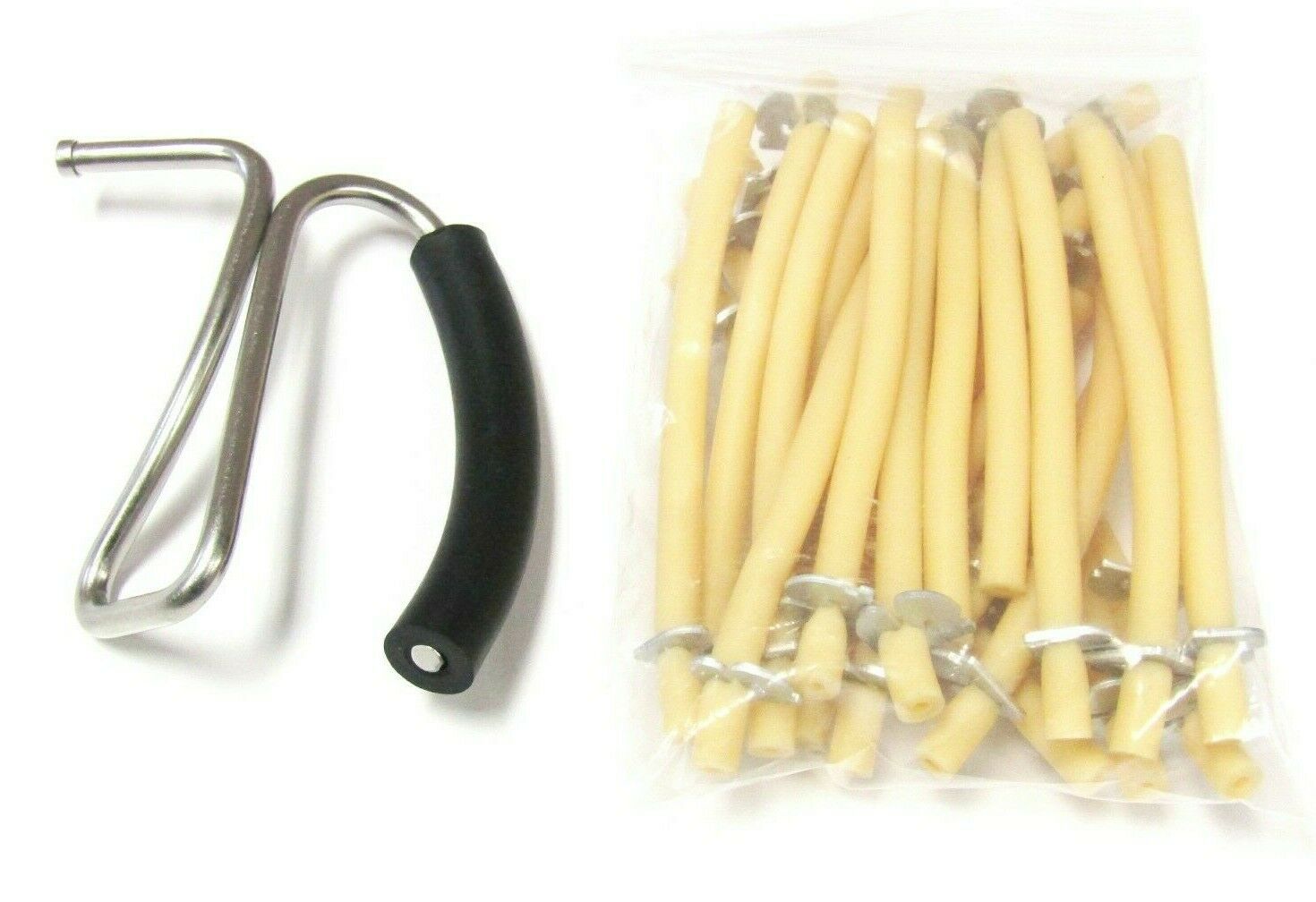-40%
80 pack - UniHeat 96 Hour Shipping Warmer Heat Pack Bulk (Exp. 6/10/2024)
$ 121.43
- Description
- Size Guide
Description
80 - 96 hour Uniheat Packs which is a full case.96 hour UniHeat heat packs (shipping warmers) activate slowly, it can take 20 hour to reach their peak temperature in approximately. 96 hour UniHeat heat packs are the best choice for 3-4 day shipping.
Choosing the right heat pack
1. There are 20, 30, 40, 60, 72 and 96 hours heat packs.
2. Besides from the different length of time that each type of heat packs last, they also have different peak time and temperature as well as activation time.
3. 20 hours heat pack activate quickly (5-10 min.), get hotter than the others, and reach peak temperature in approximately 7 hours. It is good for tropical fish because it takes more to heat up water than air. It is a good idea to use it along with the other heat packs for reptile shipment originating from a very cold climate to achieved a more even temperature throughout the trip.
4. 30 hours heat pack activate in approx. 20-30 minutes. The actual surface temperature of the heat pack may reach 115 degrees at its peak which is not as hot as 20 hours but not as mild as 40 hours. It peaks between 12 to 14 hours.
5. 40 hours heat pack activate in approx. 40-50 minutes. It is the most popular type for reptiles, amphibians, and insect shipping. The surface temperature is approx. 110 degrees at its peak. It releases steady temperature and peak out between 17 to 19 hours.
6. 60 and 72 and 96 hourr heat packs is similar to the 40 hours except it last much longer and reach its peak temperature at approx. 25 to 32 hours. It is great for export shipment or shipping via usps priority mail.
USING THE HEAT PACK
1. The idea of using the heat pack during the shipment of live animals is not to achieve the optimal temperature inside the box but to keep the temperature from falling too low that it may cause the animals to be very stress or die.
2. If testing is needed before putting it in the box, open the vacuum sealed plastic bag and roll in a layer of news paper or place it in a small space like lunch bag or in the shirt or pants pocket then give it time to heat up. Do not simply place the heat packs on the table as you will most likely not feel any heat releases because the air volume surrounding the heat packs are much greater than the amount of heat being release in the initial stage.
3. There are 2 sides to the heat pack. The side with the red strips, which have many tiny perforations, must always be exposed to air. Do not lay the red strips side flat on any flat surface or tape it down in such a fashion that it may obstruct the air flow into the perforated holes.
4. In a cubic foot insulated box, the first heat pack will raise approx. 12-16 degrees and each additional heat pack will raise approx.10 degrees more. The temperature range of 60 to 75 degrees is very save for most reptiles and amphibians during shipment.
5. If the temperature in the shipping box is allow to fall below 32 degrees (freezing point), the heat pack may cease to work because water, which is one of the main ingredients of the heat pack, may become frozen.









